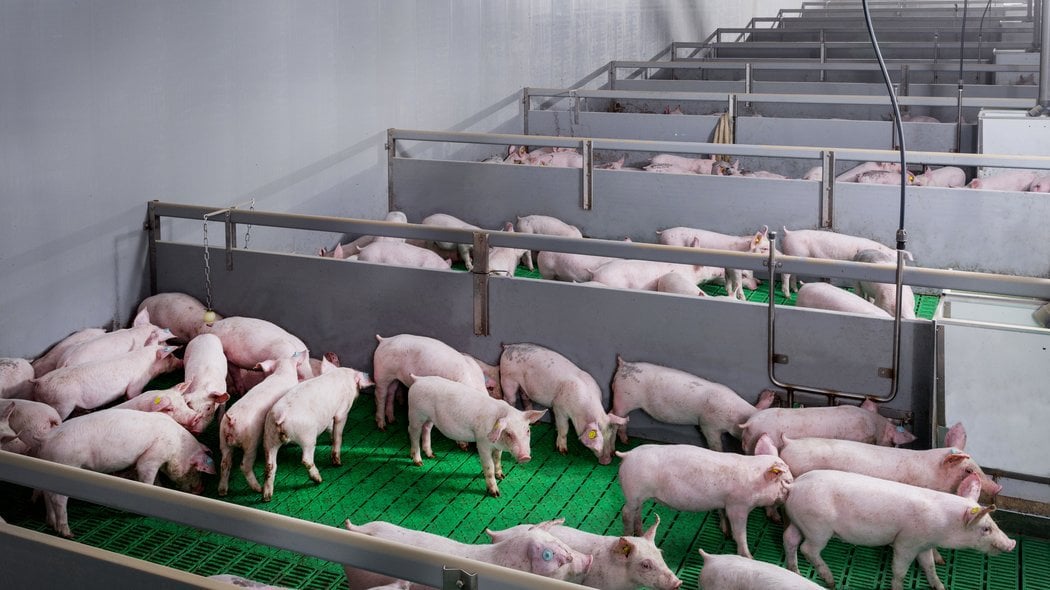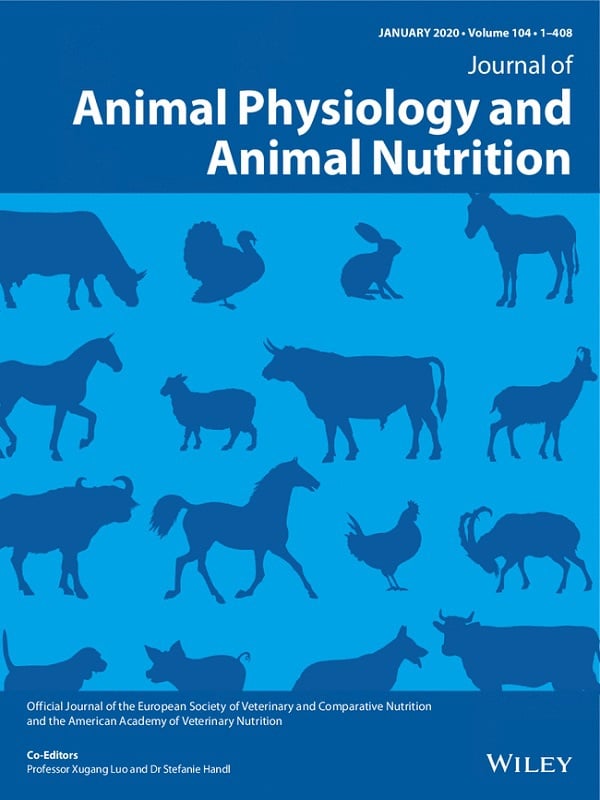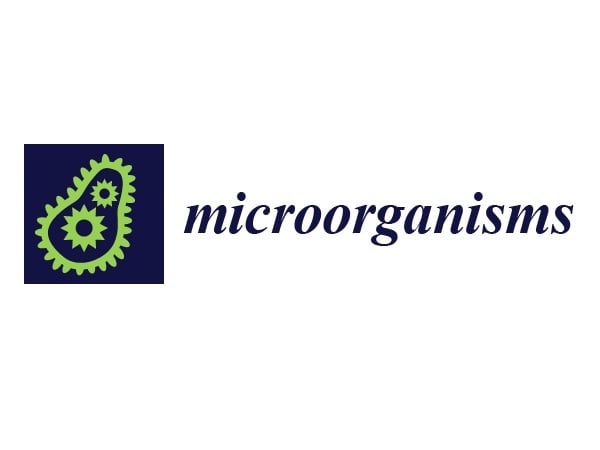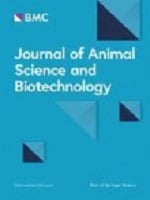
Provocări
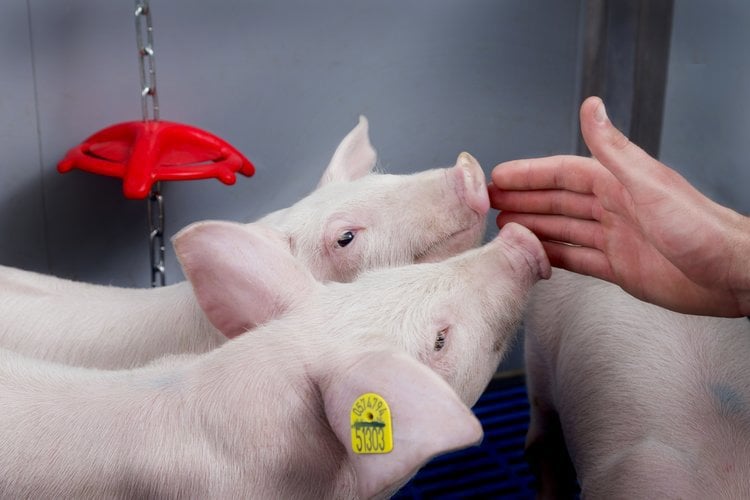
Purcei de înaltă performanță
Știți cât de importantă este nutriția optima si potrivită pentru performanța purceilor dumneavoastră - și că furajele reprezinta cel mai semnificativ cost cu care vă confruntați în creșterea animalelor. Pentru a profita la maximum de investiția dvs., și asigurați-vă că purceii cresc si ajung animale adulte sănătoase și cu performanțe ridicate, este important să vă asigurați că digeră în mod adecvat substanțele nutritive din hrana pe care le furnizați. Acest lucru este deosebit de important imediat după înțărcare, un moment de schimbare semnificativă pentru purcei.
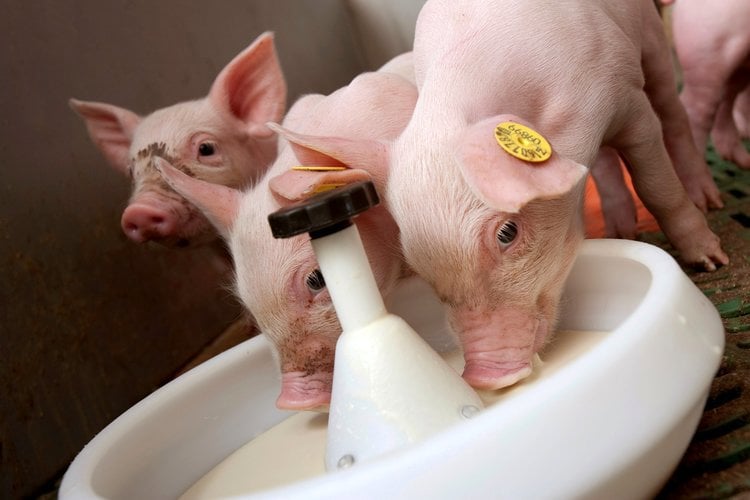
Gestionarea administrarii hranei și a apei la purcei
Purceii, ale căror corpuri sunt compuse la naștere din 80% apă, necesită acces direct la cantități ample de apă proaspata si curată, precum și hrană de calitate pentru a se dezvolta. Gestionarea cu atenție a animalelor tinere inca de la început aduce beneficii atât fermierilor, cât și animalelor. Acest lucru va duce la îmbunătățirea producției și a rezultatelor financiare pe termen lung.
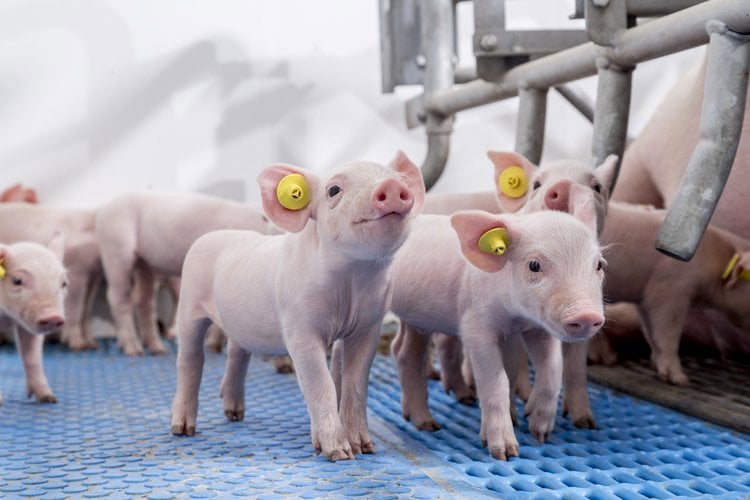
Rezistenta antimicrobiana
Rezistența antimicobiană (RAM) afectează performanța, sănătatea animală și siguranța alimentară – de aceea este important să începeți să controlați cât mai curând posibil tot lanțul de producție. Prin urmare, Trouw Nutrition a dezvoltat un program complet integrat privind RAM, bazat pe gestionarea hranei pentru animale, a managementului din ferme și a sănătății intr-o abordare pas cu pas pentru atingerea obiectivele propuse fără compromisuri.
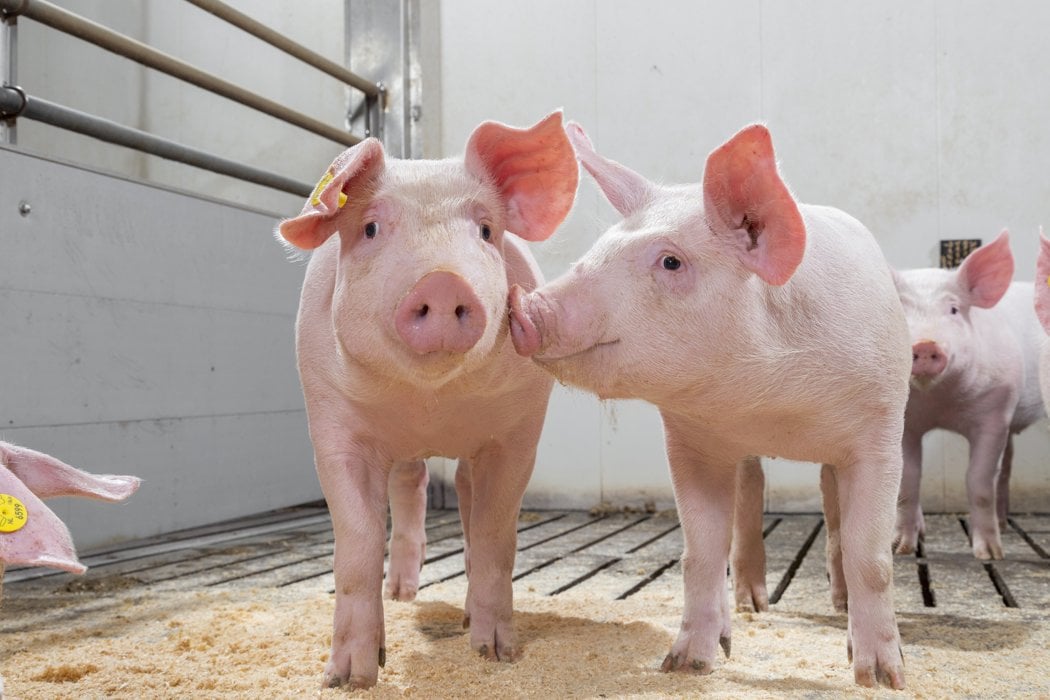
Controlul Salmonellei la purcei
Infecțiile cu Salmonella la porcine sunt în mare parte asimptomatice, dar pot provoca boli, manifestându-se sub forma de enterocolita și/sau septicemie. Purceii sunt foarte susceptibili la contaminarea cu Salmonella mai ales inainte dar și după înțărcare. Salmonella afectează nu numai sănătatea animală, dar are și ramificații pentru sănătatea umană – de aceea este important să începem să o controlăm cât mai curând posibil în tot lanțul de producție. O abordare personalizată și integrată poate proteja și capacita animalele împotriva colonizării și invaziei cu Salmonella și poate reduce transmiterea pe orizontală a acesteia.
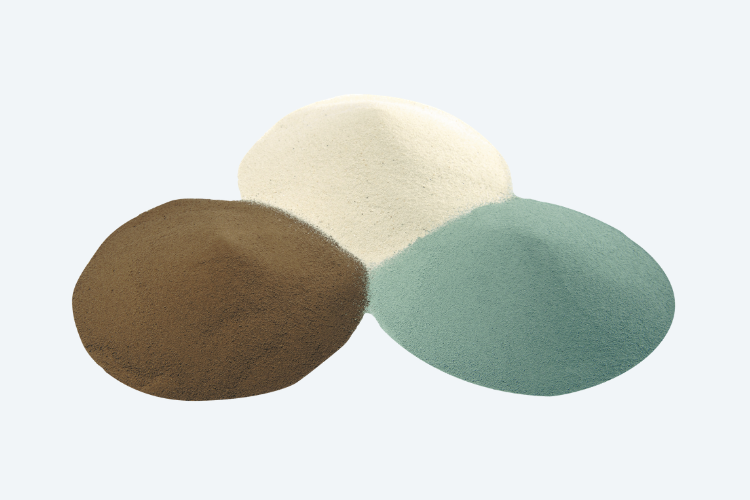
Optimizarea microelementelor in hrana purceilor
Microelementele precum zincul, cuprul și manganul joacă roluri esențiale în toate metabolismul si dezvlotarea purceilor. Aceste minerale susțin mai multe funcții fizilogice esentiale, inclusiv performanța, răspunsul imun și sănătatea. Furnizarea formei și cantității greșite de microelemente ar putea duce la un impact negativ asupra productivității purceilor, la reducerea consumului de hrană și sporuri mici ce atrag dupa sine scăderea greutății de înțărcare, la răspunsul scazut la boli și un potențial crescut de mortalitate. Prin urmare, încurajăm producătorii de suine și nutriționiștii să colaboreze pentru a oferi o sursa de microelemente eficientă ca si cost, dar si cea mai capabilă să răspundă în mod consecvent nevoilor animalului.
Prin acordarea unei atenții deosebite managementului înțărcării și prin utilizarea unei abordări care integrează hrana, managementul fermei și sănătatea, orice impact negativ al înțărcării asupra sănătății și performanței purceilor poate fi redus.
